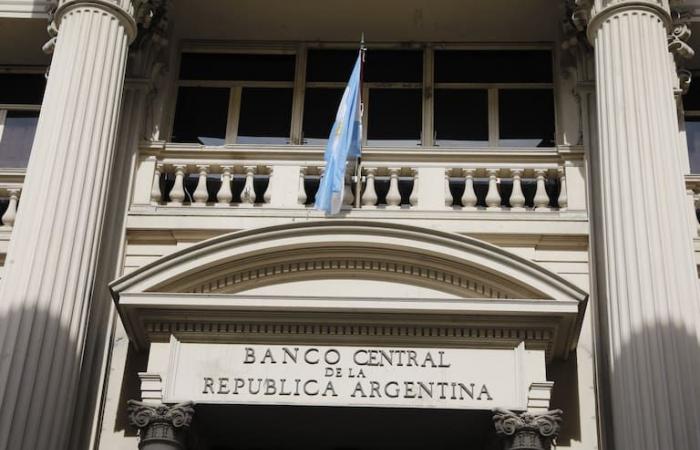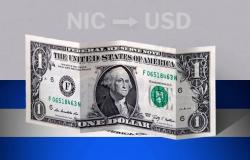
Hear
The Central Bank (BCRA) managed to buy another US$43 million today through market interventions, income with which it added US$90 million to its reserves in this way so far this week and accumulates a favorable balance of US$115 million so far this month. This is a much lower amount than expected, although settlements from the oilseed complex have grown strongly in recent weeks, even slightly exceeding US$220 million yesterday.
The figure acquired in the first two days of the week, which reaches only 58% of the US$156 million sold at the end of the week, clearly It is not enough to rescue its reserves from the “risk zone” and hinders the objective of advancing in the disarmament of the stocks, something crucial for an economic model that places emphasis on investment to dream of a reactivation of the economy.
Everything happened after a round in which US$302.4 million were traded (8.7% less than yesterday) and in which the BCRA let the wholesale dollar rise by just $0.50 (which closed at $909 for sale ) so as not to deviate from the 2% monthly adjustment rule established a semester ago – and whose continuity the authorities never tire of ratifying – although it is already The signs of distrust regarding the market are noticeable.
It is only a matter of noticing how the gap in the interest rate curves in the Matba/Rofex future dollar market for next month has been beginning to open a few days ago.
“It is remarkable how the implicit rates of the contracts are taking off, which is a sign of a more restless market and, therefore, willing to pay a little more to ensure exchange coverage,” observed analyst Mateo Reschini, from F2 Finance.
In fact, market speculation already considers that the Government could begin to move away from that fixed rate of crawling peg soon, as soon as the Base Law and the fiscal package are promulgated, and progress can be made in the reduction of 10 points in the PAIS tax rate which the Minister of Economy, Luis Caputo, anticipated weeks ago, to make imports cheaper and be in a position to hope that inflation will drop one more step.
The thing is that, for some, at that point they would be in a position to move the official exchange rate more freely upwards. “The promised elimination of 10 points of the PAIS tax opens the door to greater changes, since In practice, it would allow the official exchange rate to move 10% without causing major changes in the internal prices of imported products or products with imported components.”, economist Leonardo Chialva, of Delphos Investment, explained today in his daily report.
For now, what is clear is that, with all the deadlines of the exchange rate scheme defined on December 13, after the last strong devaluation, already met, and import demand normalized, The BCRA has less room – sometimes none – to sustain a policy of purchasing reserves that ensures the necessary reaccumulation and definitively places its holdings on positive ground.
And that is even with import demand at low levels due to the acute local recession. In fact, last Thursday (holiday) the BCRA published the official data on net reserves as of 5/31/2024, revealing that Until then, its net holdings remained negative between US$1,500 and US$2,000 million. whether or not Government deposits are considered.
On the demand side, it does not go unnoticed that last week the maximum period of 180 days set then for finished cars and other final goods was met, with which the payment of the few operations with this origin that were carried out in the final section of last December was enabled.
The issue is that this demand that is now added, to complete the normalization, starts off weak, but will increase from now on, which would imply a greater demand for foreign currency from imports that will arrive when the BCRA must also face the first Bopreal payments, the bond that he issued to postpone previous payments that the Fernández administration had accepted but left unpaid.
Hence the uncertainty that was gaining on the market, expressed in the sustained rise of financial dollars and the blue itself.on the continuity of the current and rigid exchange management, in addition to the public claims already made in this regard by the IMF itself.
“It will be key for the Government to be able to contain possible exchange rate pressures given that an escalation could lead to pressures on both prices and the exchange rate gap, increasing expectations of devaluation despite the fact that it says and repeats that it will maintain the crawling peg dand 2% monthly.” warned economist Juan Manuel Franco, of the SBS Group.





